Floating hospital "Eagle". Xnumx
The second ship after Yaroslavl, built by order of the Voluntary fleet and the first Russian ship to meet the requirements of the world merchant fleet of that time. Served as a model when ordering the following vessels.
The contract for the construction of a high-speed cargo-passenger steamer was signed by the Volunteer Fleet with the English firm Hawthorn R & W. Leslie & Co in August 1888. The money for the construction of the ship was collected by residents of the Oryol province. Construction was carried out on a slipway in Newcastle. The cost of the contract was 103 thousand pounds. The delivery date was set on June 30, 1889, but due to a workers' strike, the delivery took place only on March 1, 1890.
He transported cargo and passengers on the Odessa-Vladivostok line, from time to time was attracted to transport the Sovereign Emperor and His family from Sevastopol to Yalta and back. In 1900, he was recruited to transport troops to China in order to suppress the Boxer Rebellion.
In 1902, due to unprofitability, it was decommissioned and laid up in Odessa. In the same year it was converted into an auxiliary cruiser (artillery was installed: 3 x 120-mm, 12 x 75-mm and 6 x 47-mm guns). After test firing the guns were dismantled and deposited at the port.
In 1903, he was enrolled in a detachment of ships under the command of Rear Admiral A. A. Virenius, who was leaving from Kronstadt for the Far East, but with the start of the Russian-Japanese war, the detachment was returned from the Red Sea to Russia.
16 June 1904 left Odessa to Toulon, where at the shipyard of the Forges et Chantiers de la Mediterranee plant in La Seyne it was to be converted into a hospital ship. The works were completed in August. Expenses - 600 thousand francs - were assumed by the French Red Cross Society. The Russian Red Cross Society provided for the maintenance of the hospital during the whole period of its activity. The medical staff of the floating hospital consisted of 86 doctors, 20 nurses, 10 orderlies and 15 assistants.
October 21 The 1904 of the Year in Tangier joined the 2 Pacific Squadron with which he sailed around Africa to the site of the Tsushima battle.
"Eagle" was indirectly responsible for the fact that the battle took place. 14 May 1905 of the year 2 hours 28 minutes of the morning the identification lights of the steamboat were noticed by a reconnaissance ship of the Japanese fleet - the auxiliary cruiser "Shinano-Maru". If not for this, according to many historians, the 2-I Pacific Squadron, marching in the gloom and fog without lights, could have passed the place of the battle unnoticed.
During the squadron, the Eagle was stopped and inspected by the Japanese auxiliary cruiser Sado-Maru in 10 nautical miles to the west of Okinoshima Island and escorted to the convoy to Miura Bay.
By order of the squadron commander Z. P. Rozhestvensky, members of the crew of the English steamer Oldgamy were placed on the “Orel”. In addition, by order of the squadron headquarters, while stationed in Cape Town, the acquired stock of insulated cable was placed on board the vessel. During the passage of the Tsushima Strait, the "Eagle" kept abreast of the squadron's combat forces. The Japanese regarded these facts as a violation of the rules of the Hague Convention and requisitioned the vessel. Subsequently, the "Eagle" was sold to a Japanese firm and sailed under the name "Kasuno-Maru".
01. General view of the sailing ship Eagle, which houses the floating hospital
02. Priest and a group of commanders and officers on deck during the ceremony of consecrating a floating hospital
03. Priest and a group of commanders and officers on deck during the ceremony of consecration of the floating hospital Orel
04. Priest and a group of commanders and officers on deck during the ceremony of consecration of the floating hospital Orel
05. Group of hospital attendants of the Orel floating hospital
06. Group of commanders and officers of the floating hospital Eagle
07. Group of hospital attendants of the Orel floating hospital
08. A group of sisters of mercy on the deck of the floating hospital Eagle
09. Mercy sister floating hospital Eagle in one of the rooms
10. Doctor of the floating hospital Eagle Paris in the cabin of the ship
11. View of part of the cabin of the senior doctor of the floating hospital Eagle, Doctor Multanovsky
12. View of the operating room of the floating hospital Eagle
13. View of the operating room of the floating hospital Eagle
14. General view of the dressing room of the Orel floating hospital
15. General view of the dressing room of the Orel floating hospital
16. General view of one of the wards for seriously wounded at the Orel floating hospital, equipped with Hoskins beds, which reduce the effects of pitching
17. General view of one of the wards for seriously wounded at the Orel floating hospital, equipped with Hoskins beds, which reduce the effects of pitching
18. View of a part of one of the chambers of the Eagle floating hospital, equipped with beds of the type adopted in the shipyards of the French fleet
19. View of a part of one of the chambers of the Eagle floating hospital with a canteen for convalescent
20. Lifting machine for feeding the wounded from the upper deck of the Orel floating hospital
21. View of the premises of the pharmacy of the floating hospital Orel
22. View of one of the premises of the Eagle floating hospital, in which the sterilization chamber is installed
23. View of a part of the x-ray room of the Eagle floating hospital equipped in one of the rooms
24. View of the mortuary hosted in one of the premises of the Orel floating hospital
25. Type of laundry with mechanical appliances for washing, drying and ironing clothes, arranged in one of the premises of the Orel floating hospital
26. Laundry workers at the Orel floating hospital
27. The maid in the kitchen - galley floating hospital Eagle
28. View of a part of the kitchen (galley) with the boilers of the Sauver system, arranged in one of the premises of the Orel floating hospital
29. Stretcher system Dr. Offre designed to move the wounded across the deck of the floating hospital Eagle in an upright position
30. Stretcher system Dr. Offre intended to bring the wounded aboard a floating hospital Eagle in a horizontal position
31. Stretcher system Dr. Offre, designed to move the wounded across the deck of a floating hospital Eagle in an upright position
32. Chairwoman of the Russian Ladies Committee in Paris, O. D. Nelidova, officers and crew of the Orel floating hospital on deck
33. Chairman of the Russian Ladies Committee in Paris, O. D. Nelidova, distributes crosses to the members of the team of the floating hospital, Eagle, and scapes (sent from Mount Athos)
34. Workers and sisters of mercy floating hospital in the dining room before lunch
35. The crew of the ship during lunch on the occasion of the consecration of the floating hospital Orel
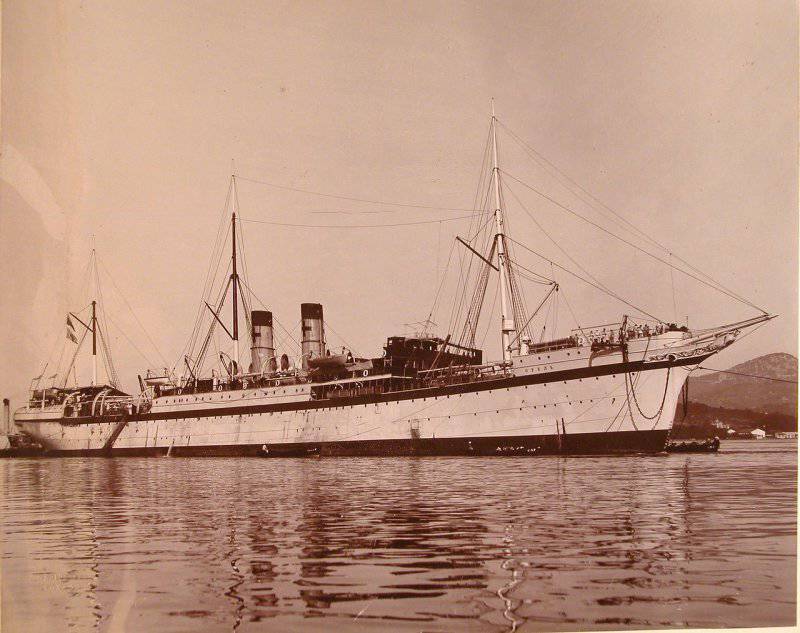
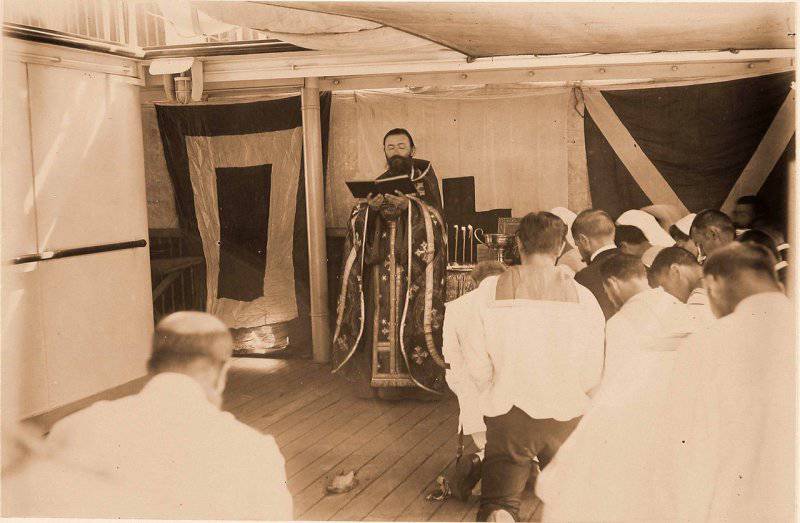
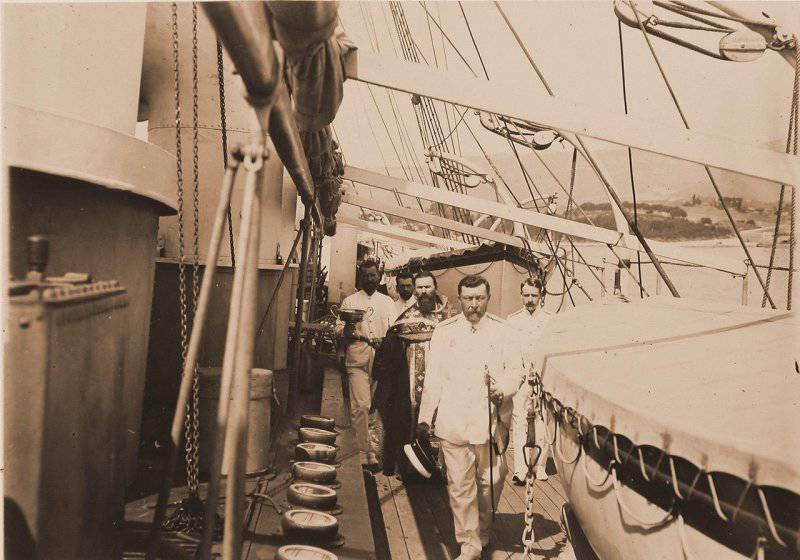
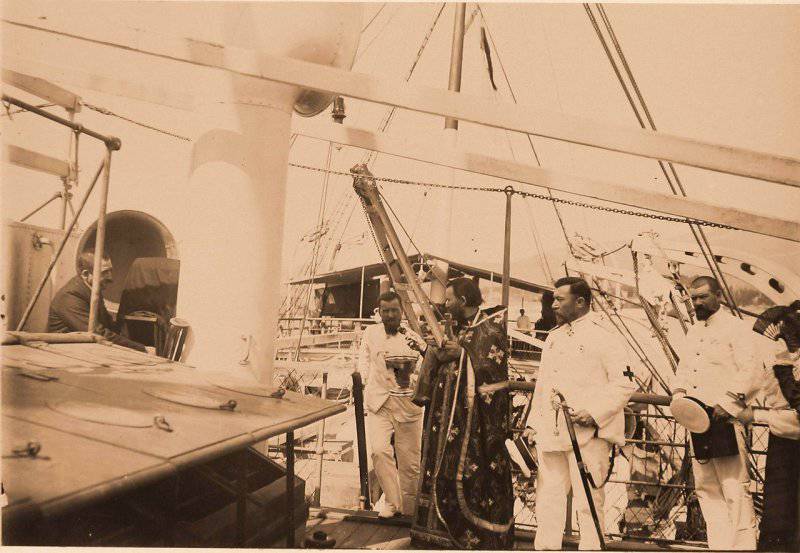
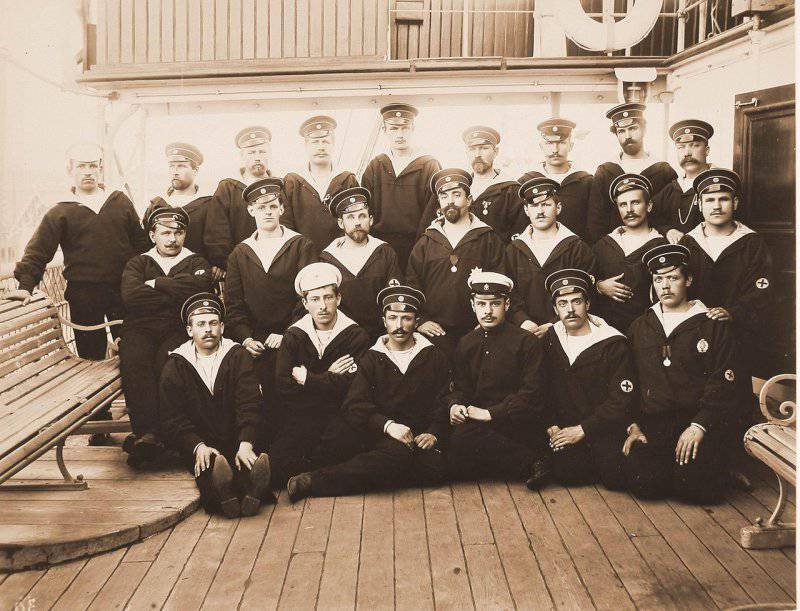
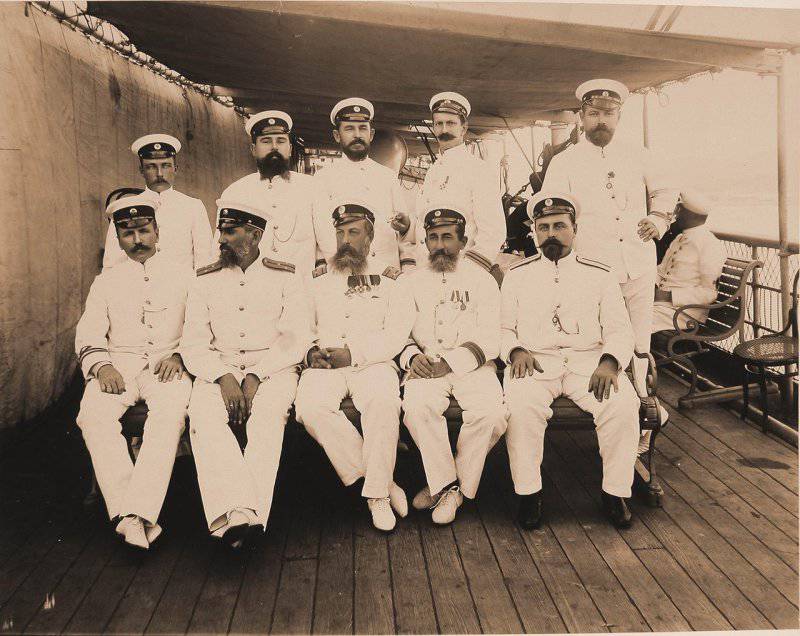
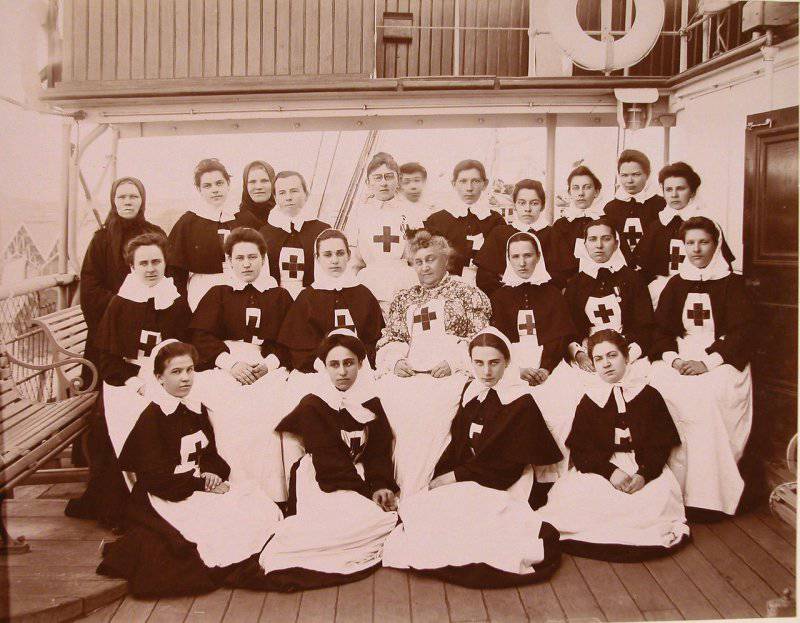

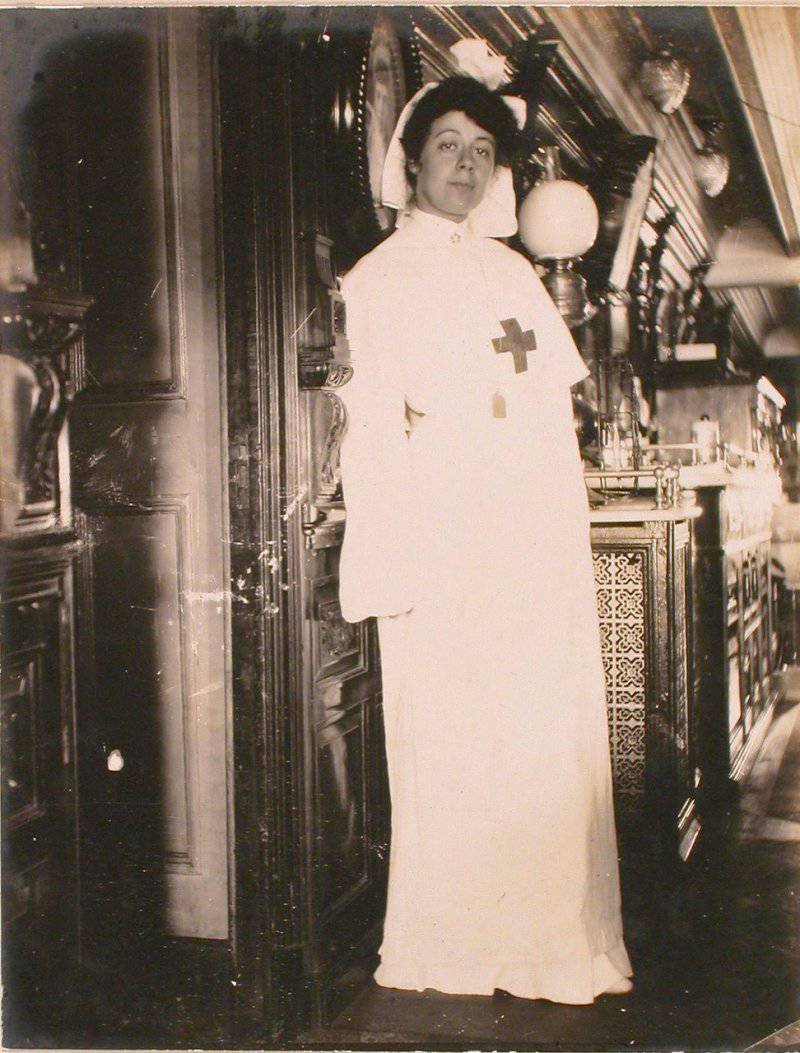
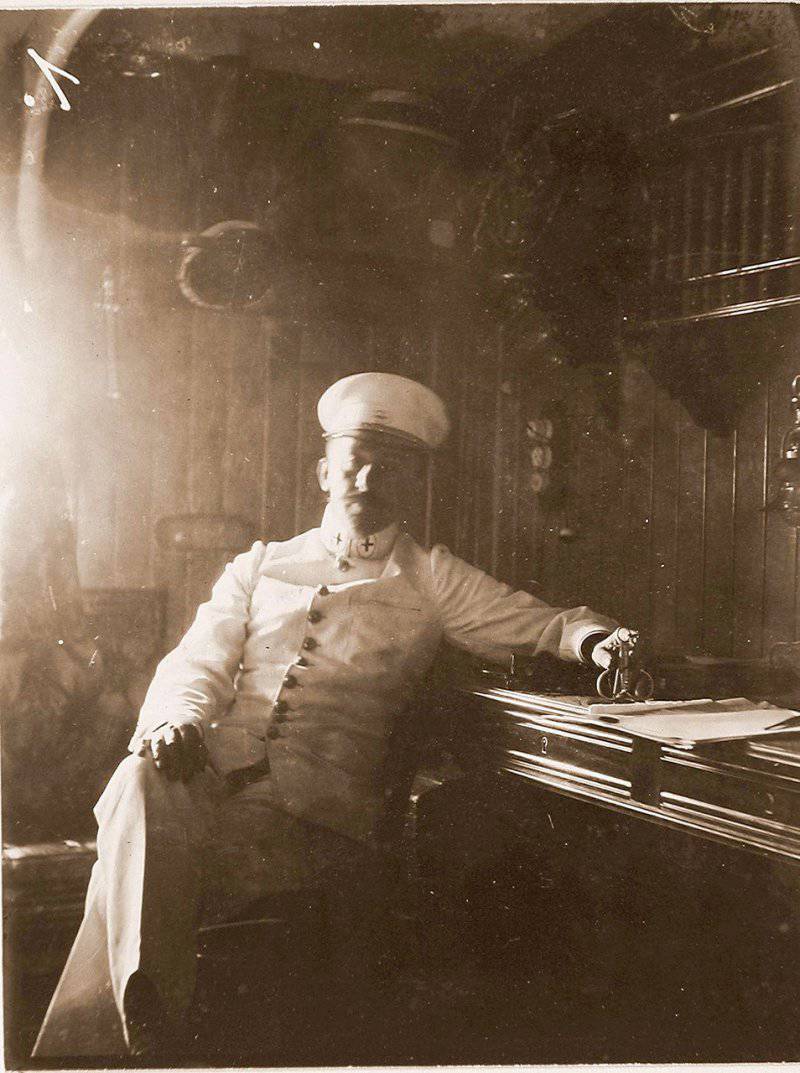
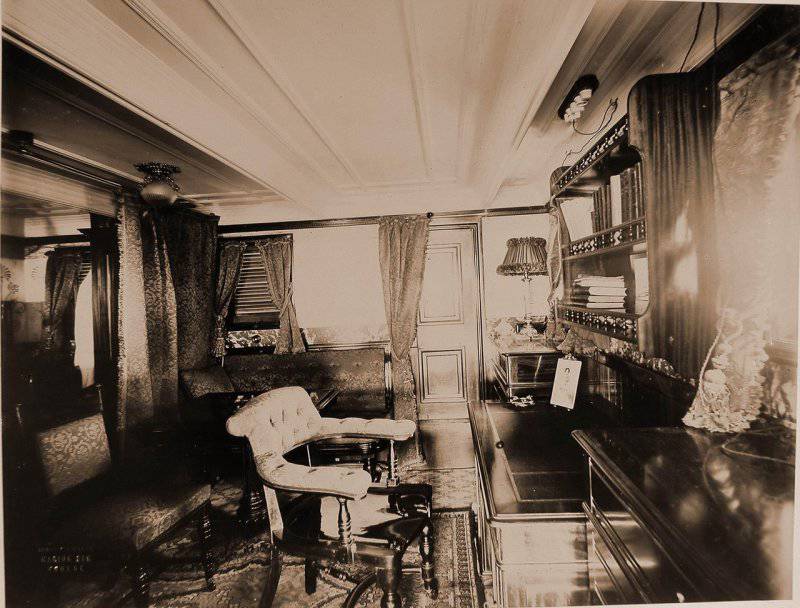
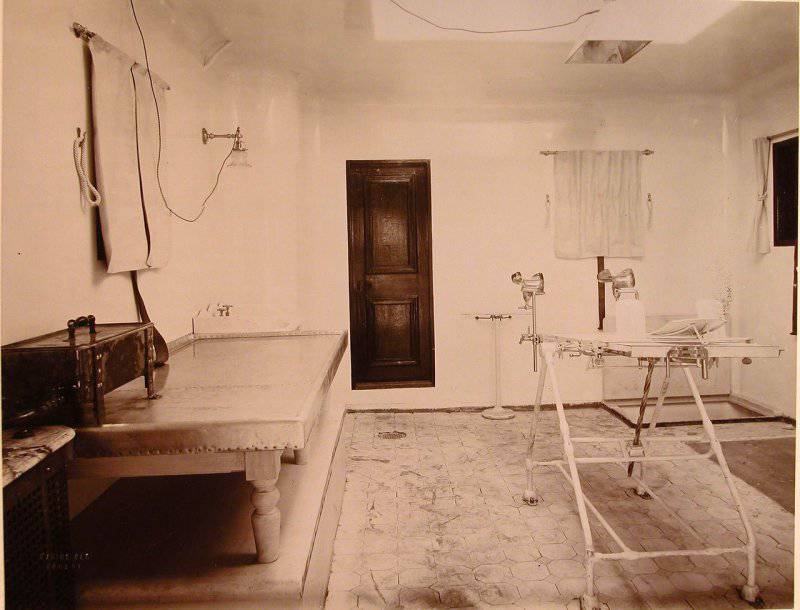
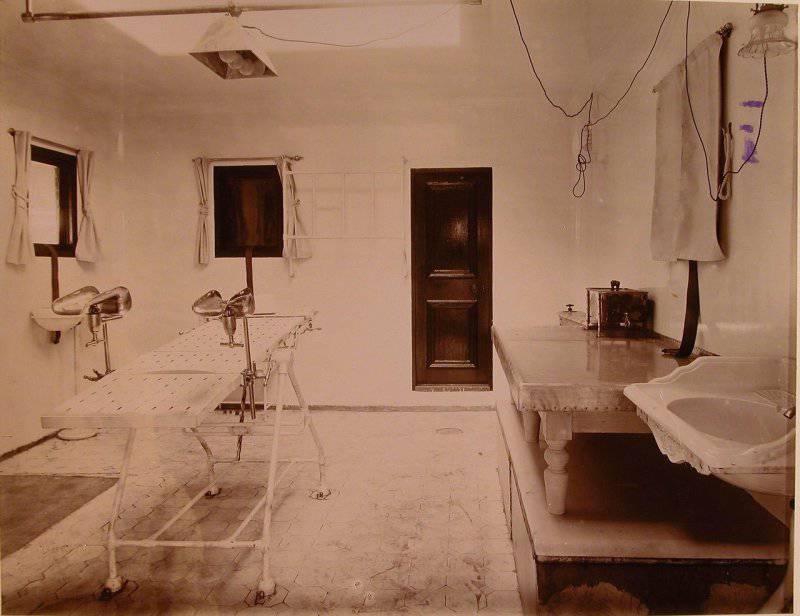
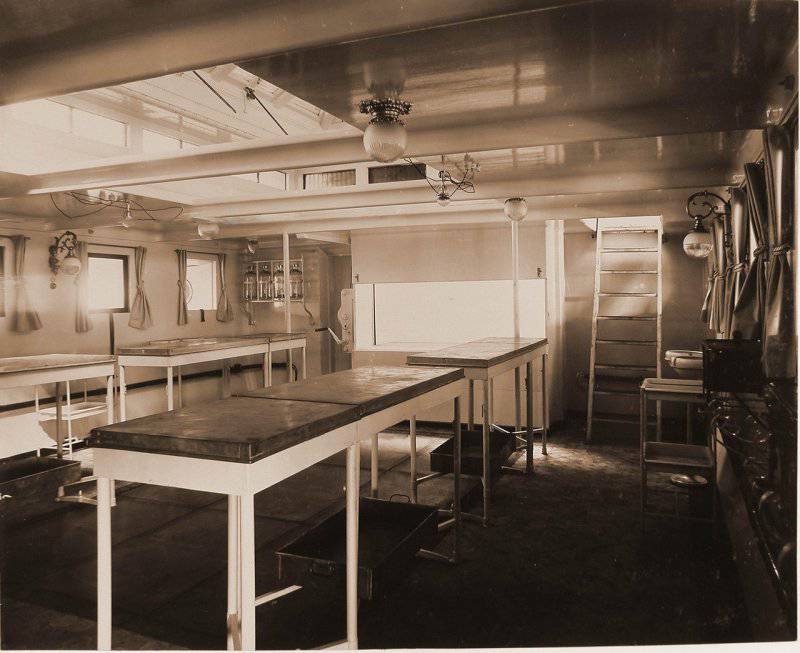
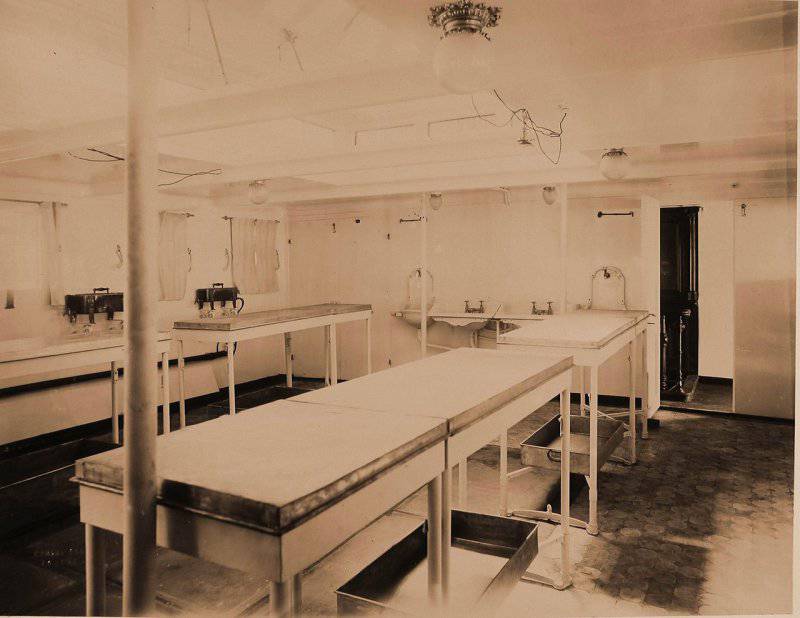
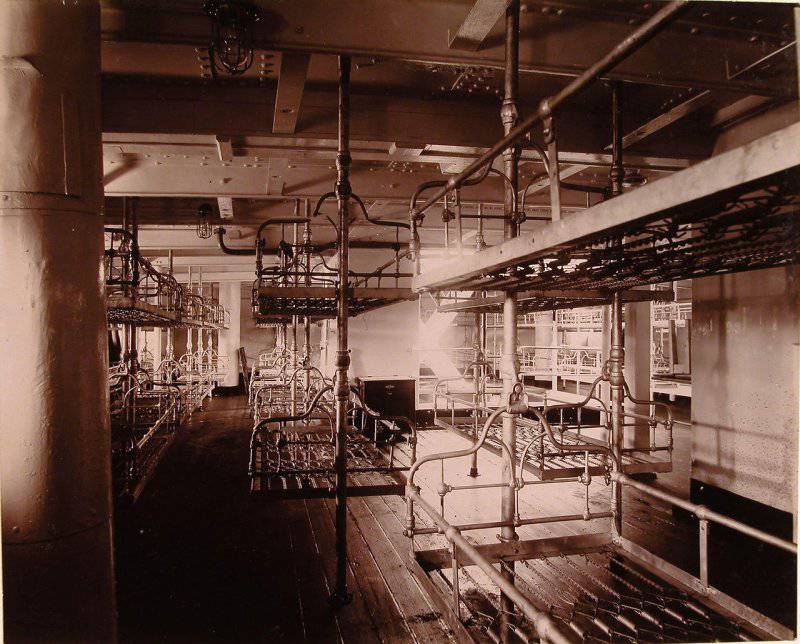
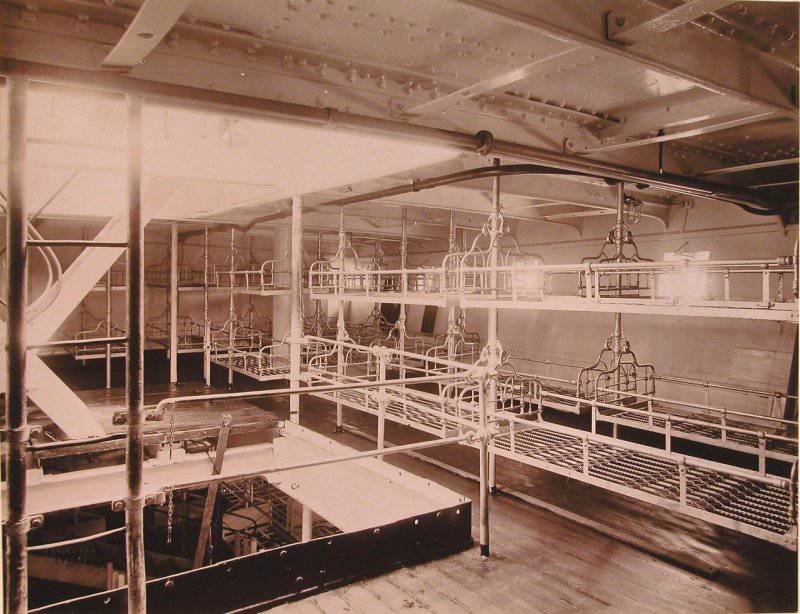
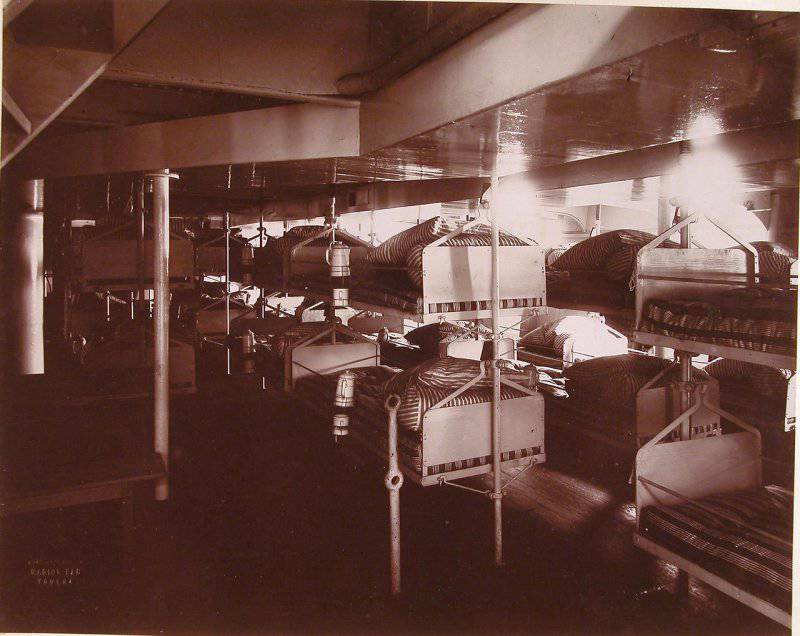
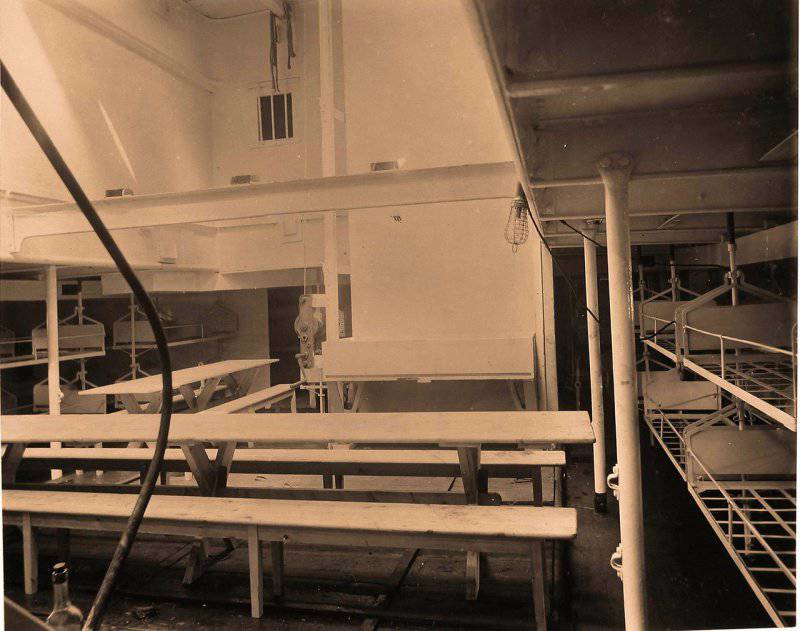

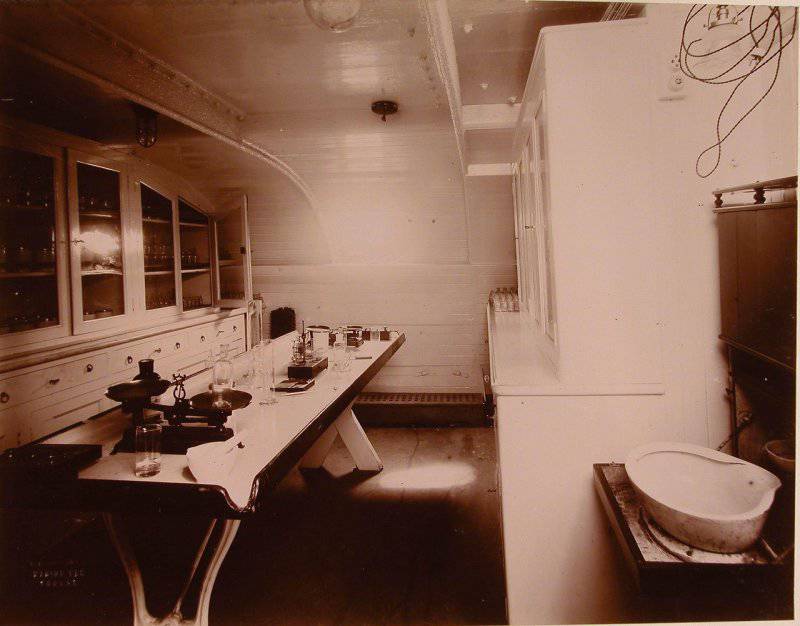
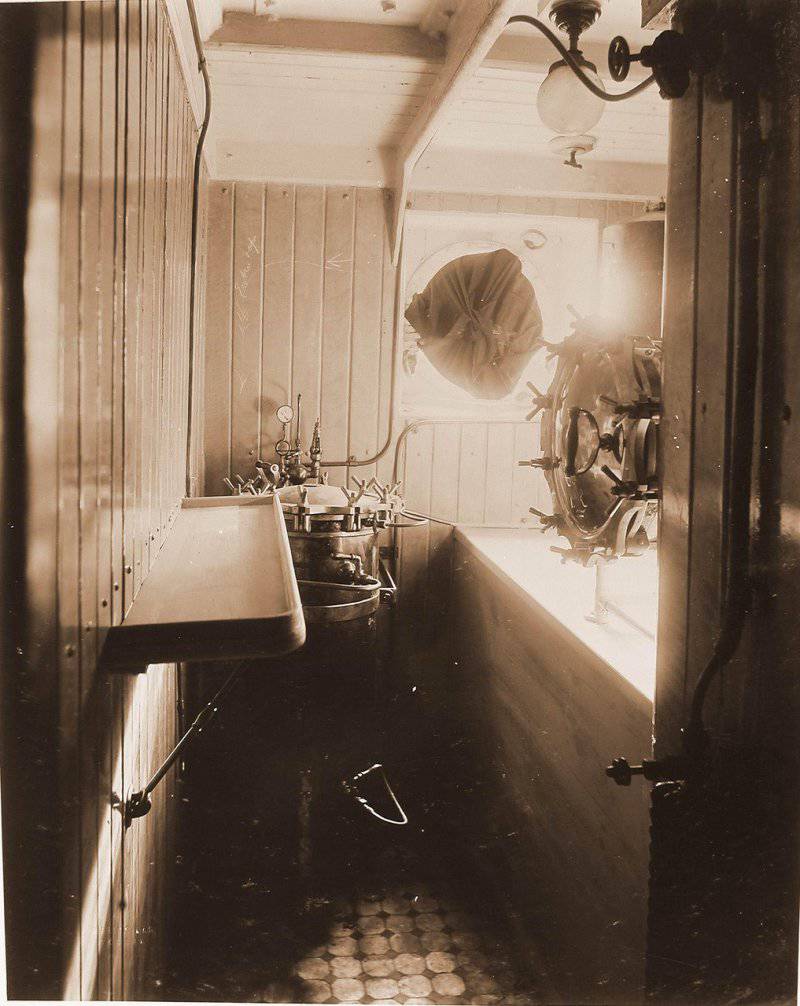
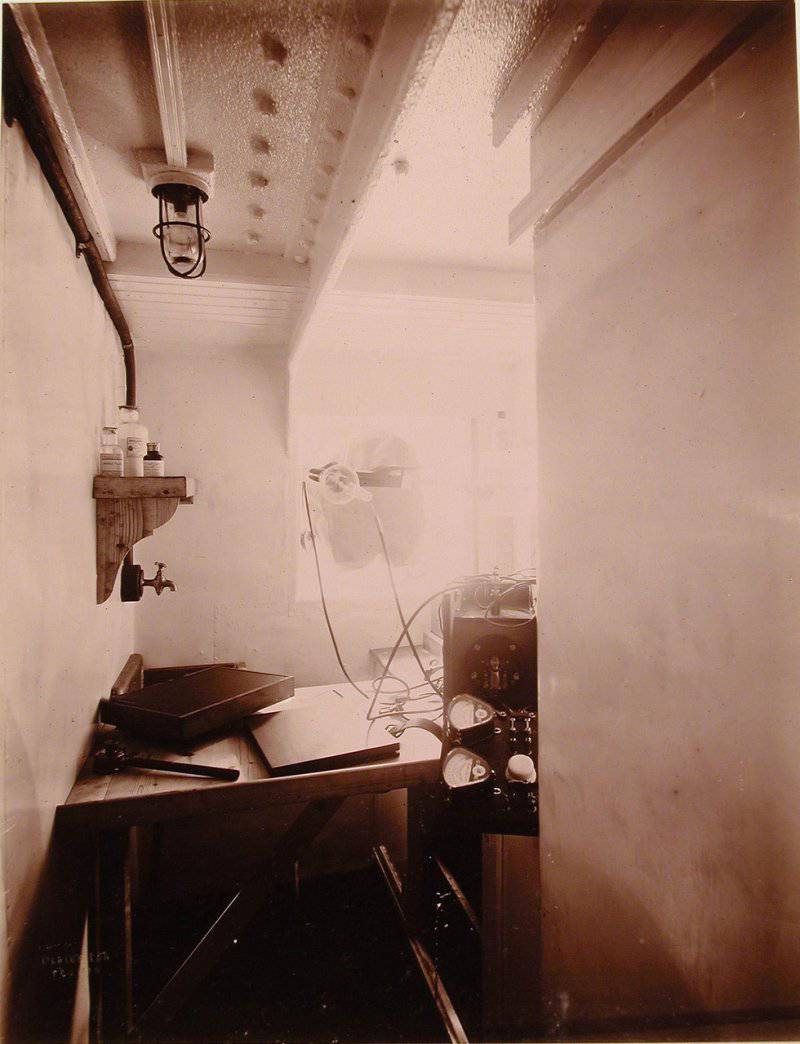
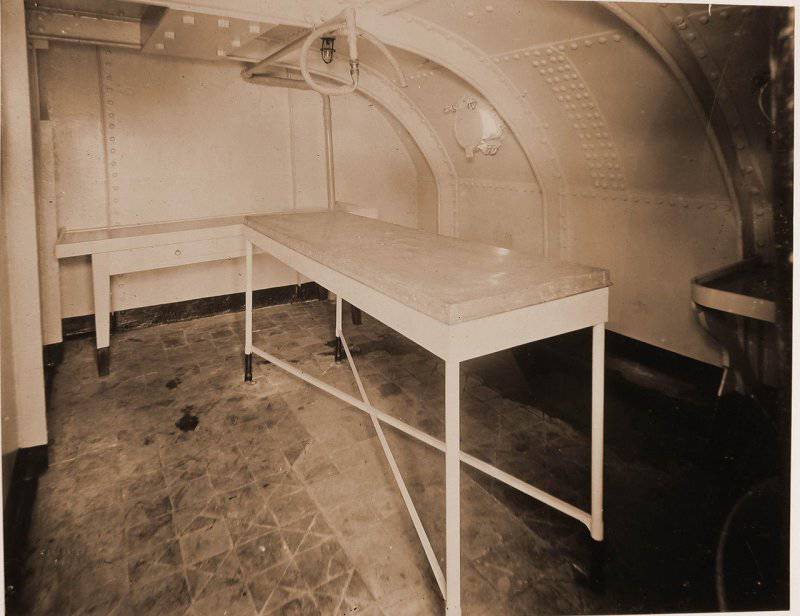
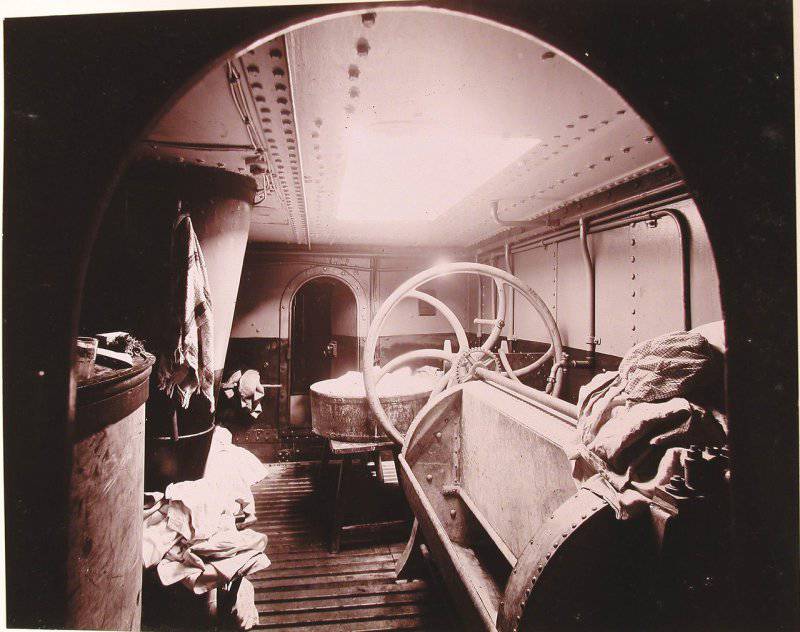
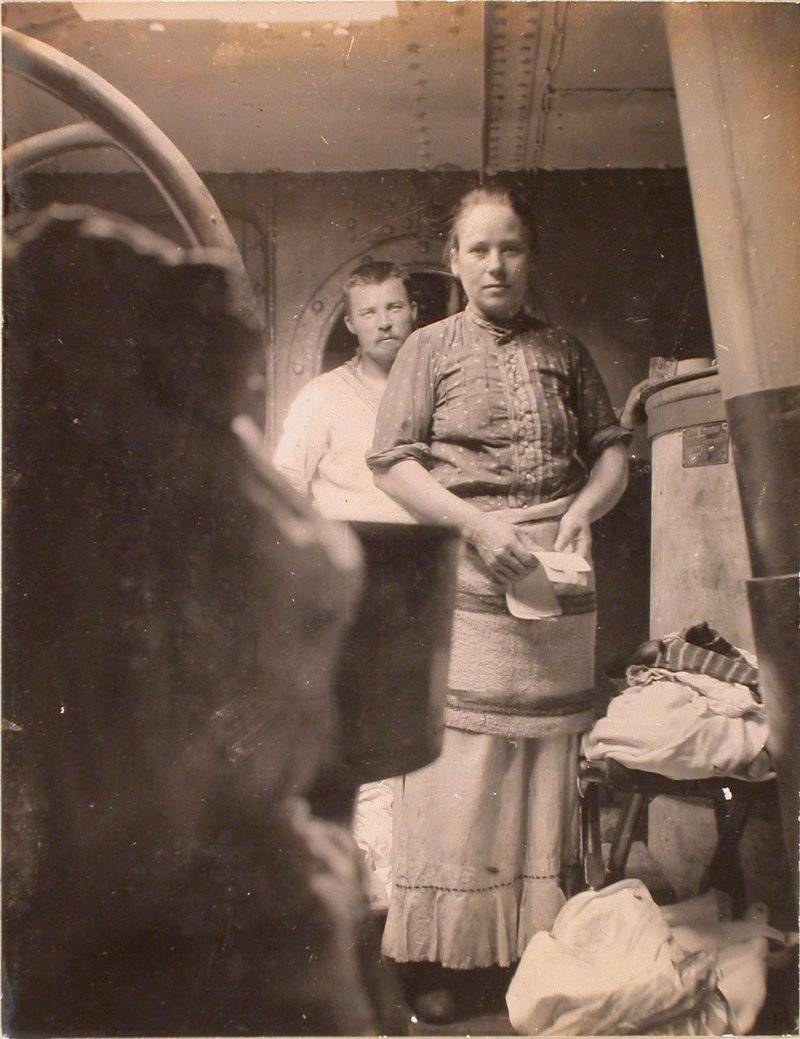
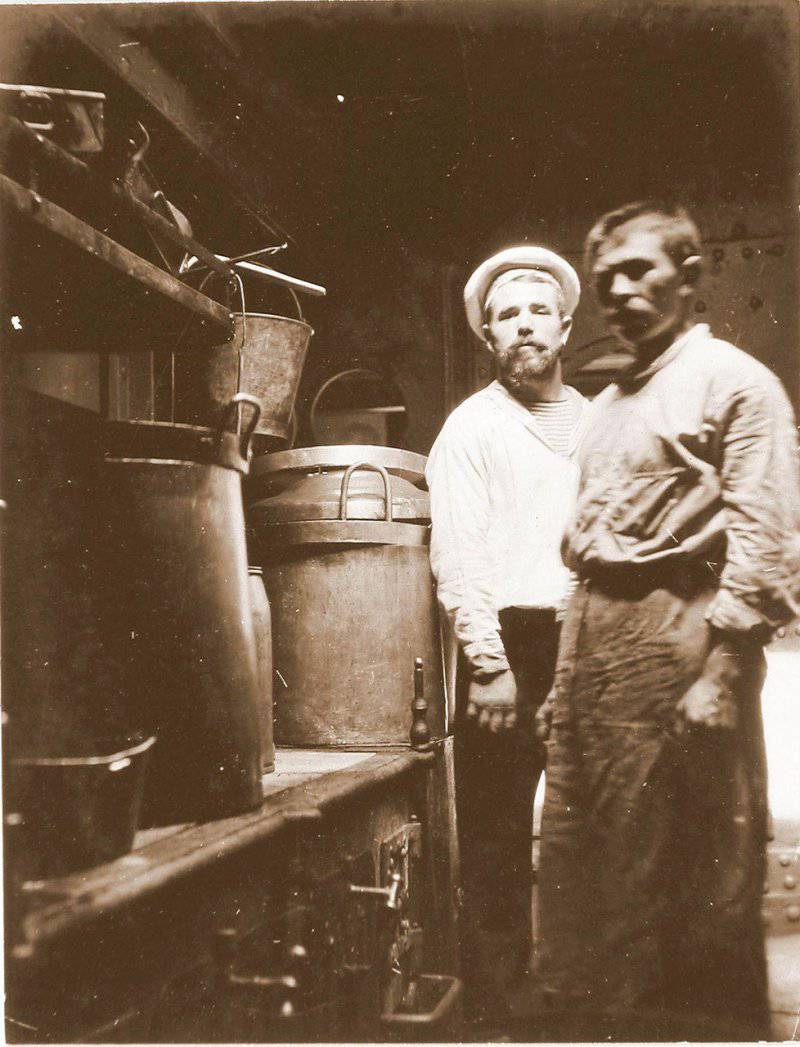
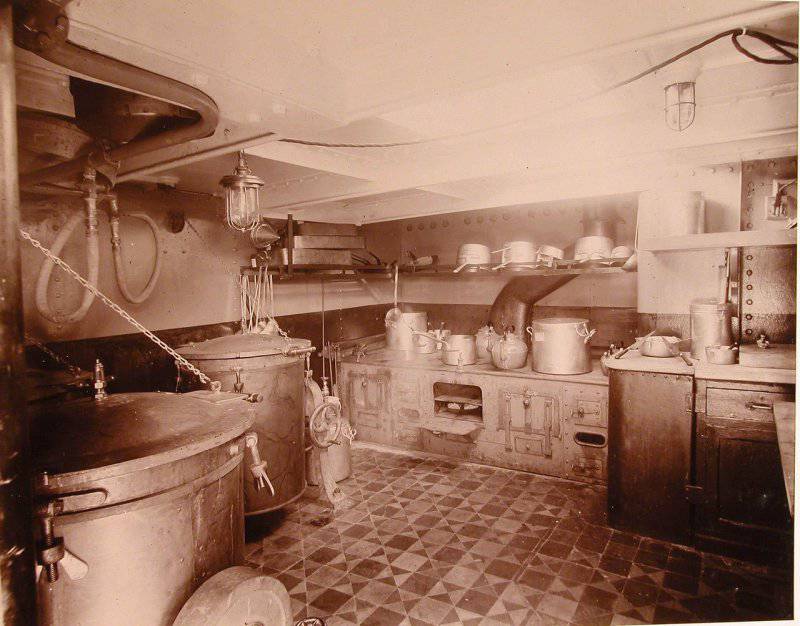
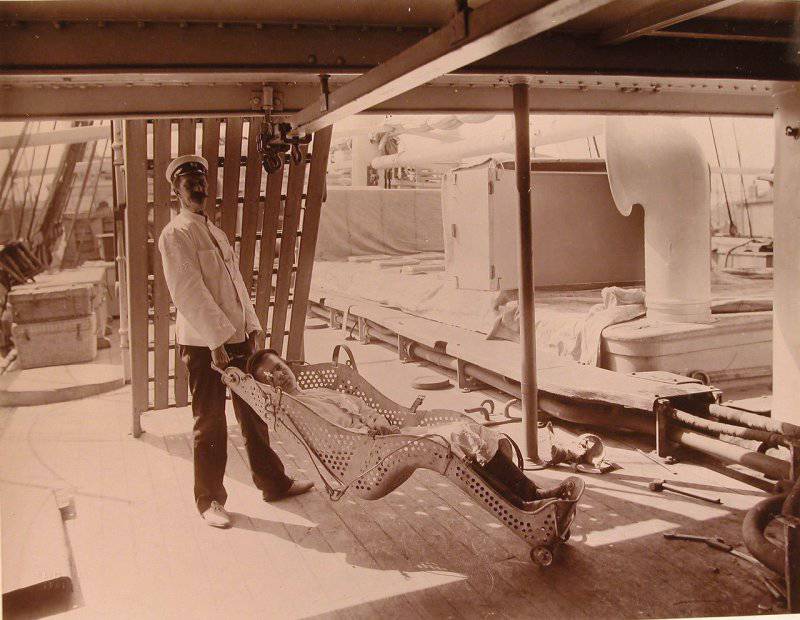
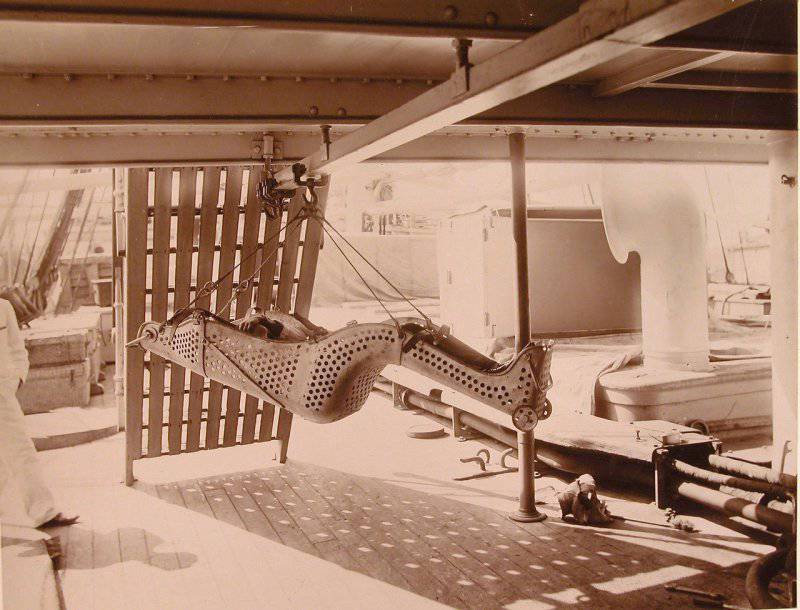
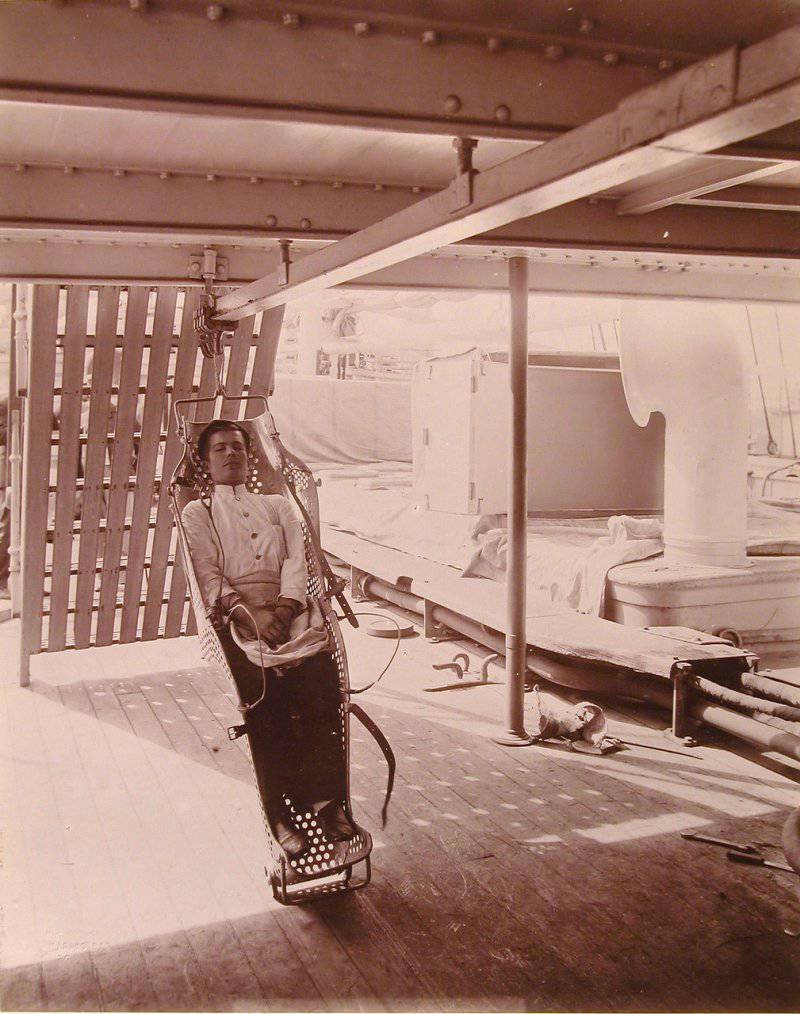

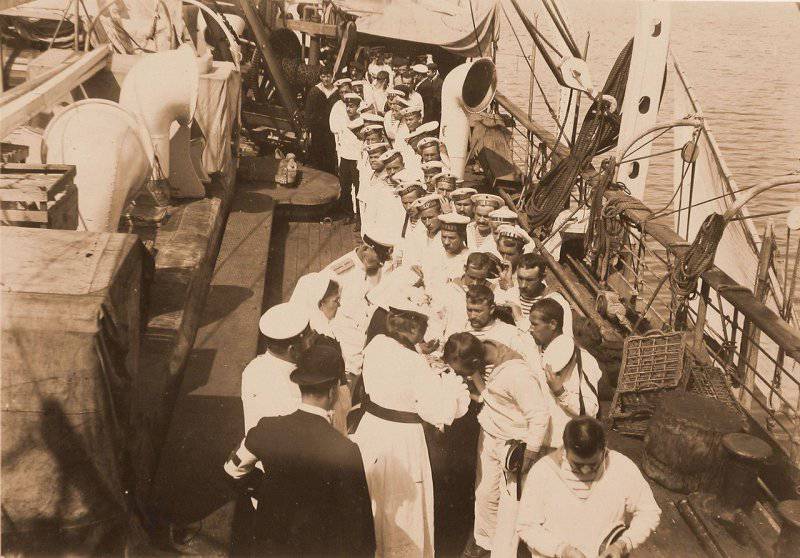
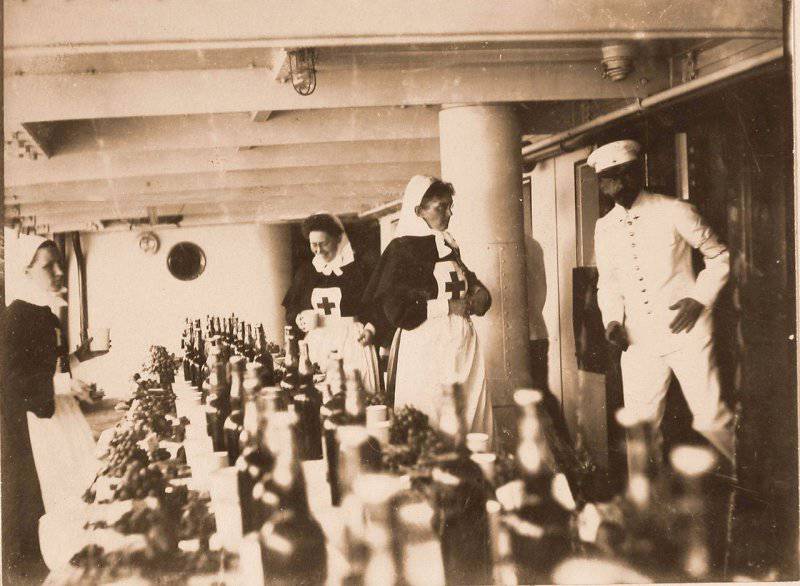
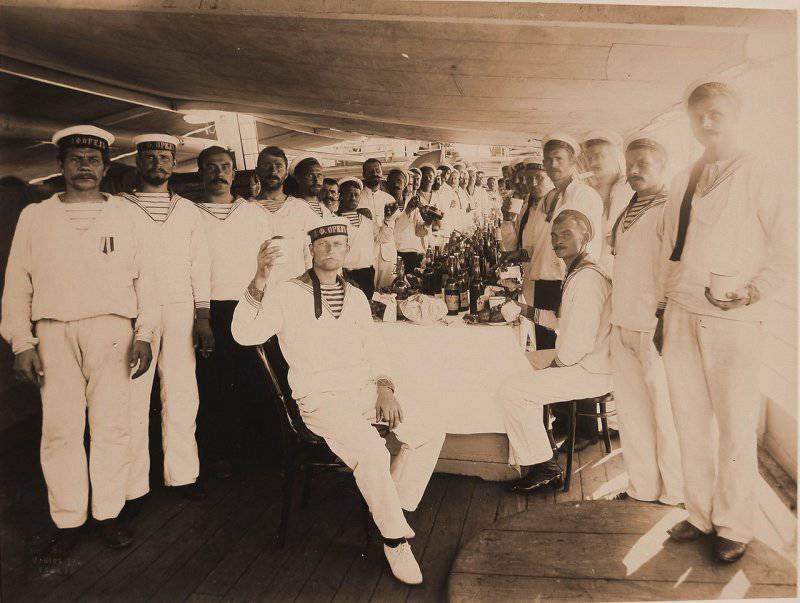
Information